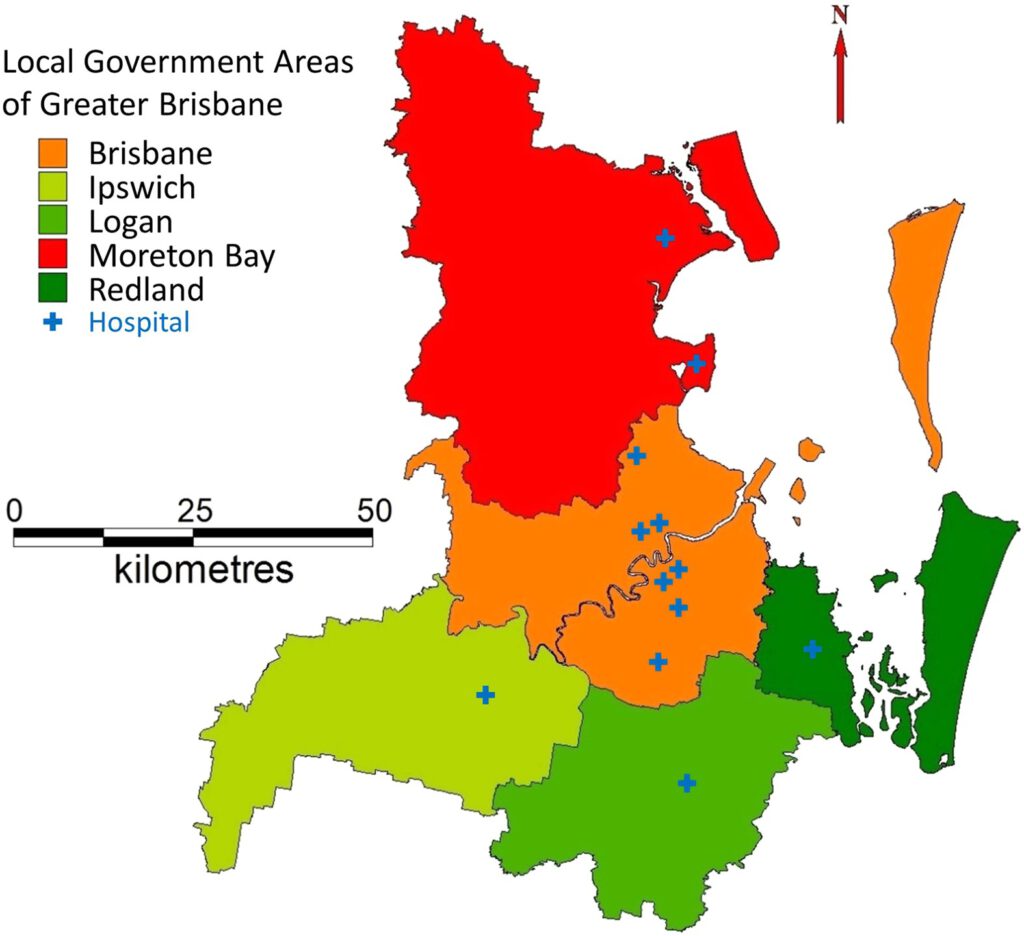A Map of Australia’s Yearly Temperatures

A map of Brisbane‘s yearly temperatures can be helpful for preparing for a trip to the city. During summer, the temperature in Brisbane can reach as high as 29 degrees Celsius. The average daily high temperature in the city drops to 68 degrees Fahrenheit during the cool season, and the average low temperature is 49 degrees. The coldest month is July, when the average low temperature is 49 degrees Fahrenheit, and the warmest month is December, with an average daily high of 71degF. During this time, the rainy season is over and the temperature will drop below freezing.

In addition to the daily high and low temperatures, the Bureau of Meteorology also publishes an Ultra Violet Index Forecast, which will let you know how much ultraviolet radiation will be present during the day. You’ll need to wear sunscreen that has a high sun protection factor, and you should also wear sunglasses and hats if you’re planning to go outside. During the drier season, the temperature in Brisbane ranges from 4.3 degrees Celsius to 10.0 degrees Celsius.
The cloudiest season begins in October, with a maximum of 31% cloud cover. The drier season begins in May, and lasts 4.8 months. From November to March, the average monthly temperature is 41.8 degrees Celsius, and the drier season lasts for 5.4 months from November to April. While there are some wet days during each month, it’s generally not enough to stop you from enjoying a sunny day in Brisbane.
Because Brisbane is located in a large body of water, the temperature of the water is influenced by the weather. This means that the average water temperature in the city fluctuates in the course of the year, but it remains above average. While the hottest months are July and August, the rest of the year is largely pleasant. With a climate like that, it’s no wonder that the city has a high population of tourists.
The seasons in Brisbane are opposite of those in North America and Europe. Winters are relatively mild, with temperatures ranging from 40 degrees Fahrenheit to 50 degrees. The best time to visit Brisbane is from late September to late April, when the temperatures are warmer and the weather is most pleasant. It is a hot and humid city, and the weather is a mix of dry and wet season conditions. If you’re going to be in town during this time of year, you should take a trip insurance policy that covers such a scenario.
Depending on the time of year, the average temperature of water in Brisbane varies greatly. While the average temperature in Cairns is a little bit lower than in Brisbane, the water temperature in the city is warm throughout the year. The sea is perfect for swimming, and the air temperature in Brisbane varies from 21 degrees in February to 27 degrees in summer. While the weather in Cairns is a hot and humid city in the summer months, it is still quite pleasant in this region.
The summer months are the hottest months in Brisbane, and the winter months are the wettest. While the winter months are hot and humid, October and November have the hottest temperatures in the city. The best time to visit the city is late September to late April. A few weeks later, in early October, the weather in the capital is usually warm and sunny. The best time to visit Brisbane is from late September to the end of April.
The climate of Brisbane is moderate. It is generally dry throughout the year, with the exception of the summer months. The rainy season is the wettest, with a few exceptions. A wet day in Brisbane is typically defined as 0.254 inches of rainfall per day. A wet day in Brisbane is a wet day when there is a chance of light showers or thunderstorms. In contrast, the winter months are cooler than the summer, with temperatures ranging from ten degrees Celsius to 20 degrees centigrade.
The climate of Brisbane is mainly temperate and wet. The city experiences considerable rainfall throughout the year. Most rainy days occur in October, while a wet day in August is the wettest month in the city. If you’re unsure of the climate of Brisbane, read the climatologist’s report for the exact weather in the area. The humidity levels in October and November are the lowest in the city.


